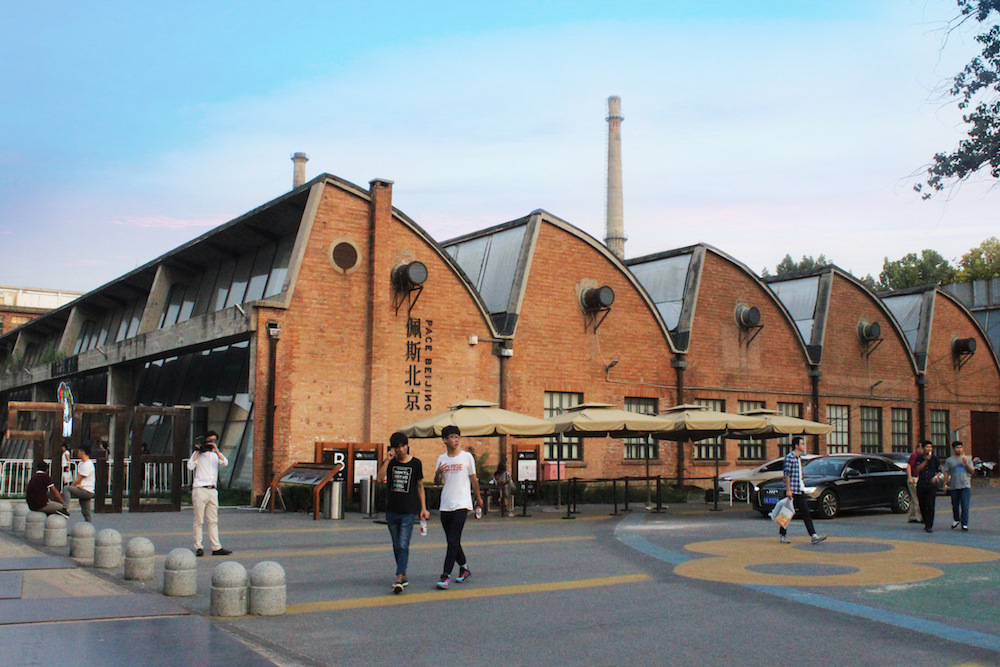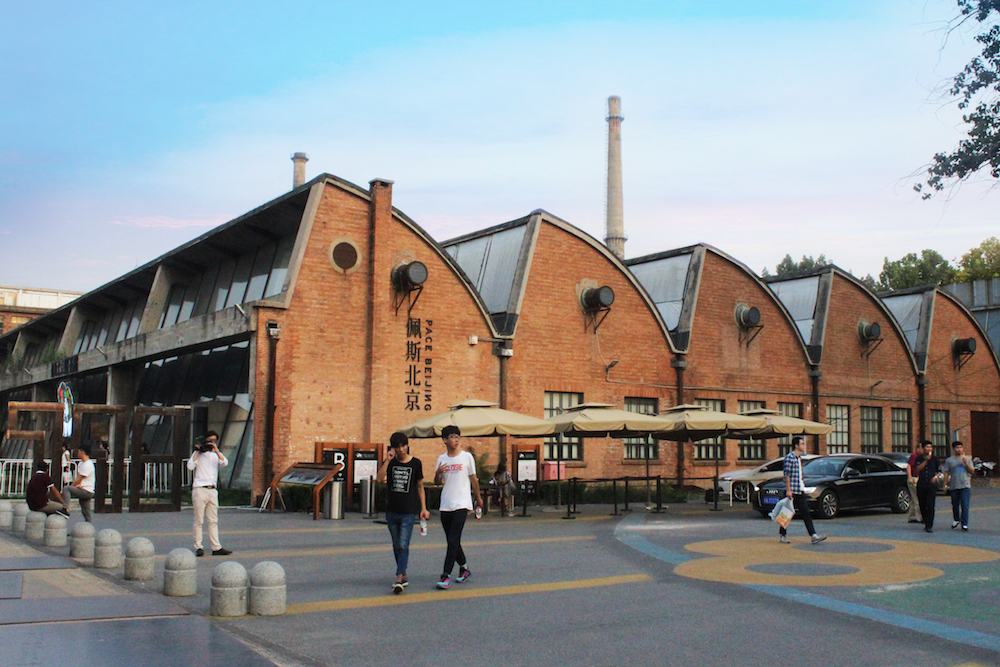[ad_1]
Pace has closed its outpost in the heart of the 798 Art District in Beijing. The opening of the expansive, 22,000-square-foot space in 2008 marked the first entry of a U.S. contemporary art gallery into mainland China, years before many others started branches in Hong Kong, Shanghai, and the capital city.
Under the direction of its president, Leng Lin, Pace Beijing had shown a mixture of American, European, and Asian artists. It opened in 2008, to coincide with the Summer Olympics in the city.
Pace will continue to maintain its two galleries in Hong Kong and may consider expanding its footprint there.
“It’s impossible to do business in mainland China right now and it has been for awhile,” Arne Glimcher, Pace’s founder, said in an interview. “The last straw is Trump’s duty on Chinese artists coming into this country and Xi Jinping’s duty on Americans coming into China.”
Glimcher has long been a key Western enthusiast of Chinese contemporary art, and represents artists Zhang Xiaogang, Zhang Huan, Qiu Xiaofei and Yin Xiuzhen, among many others. For now, Glimcher is keeping an office and a viewing room in Beijing.
“Since Xi has come to power, people are afraid to conspicuously show their wealth and the mainland Chinese are not buying in China,” Glimcher said. He added that, “if they are, they [are] buying for their apartments in other places in the world and they come to Hong Kong anyway.”
Beyond the repressive climate in the country, Glimcher also cited the 38-percent luxury tax on purchases of works of art on the mainland as a key obstacle to commercial success. Speaking of both the U.S. and Chinese presidents, he concluded, “I think it is really unfortunate that the culture has to be sacrificed by these administrations who don’t understand its value or its role in society.”
[ad_2]
Source link


